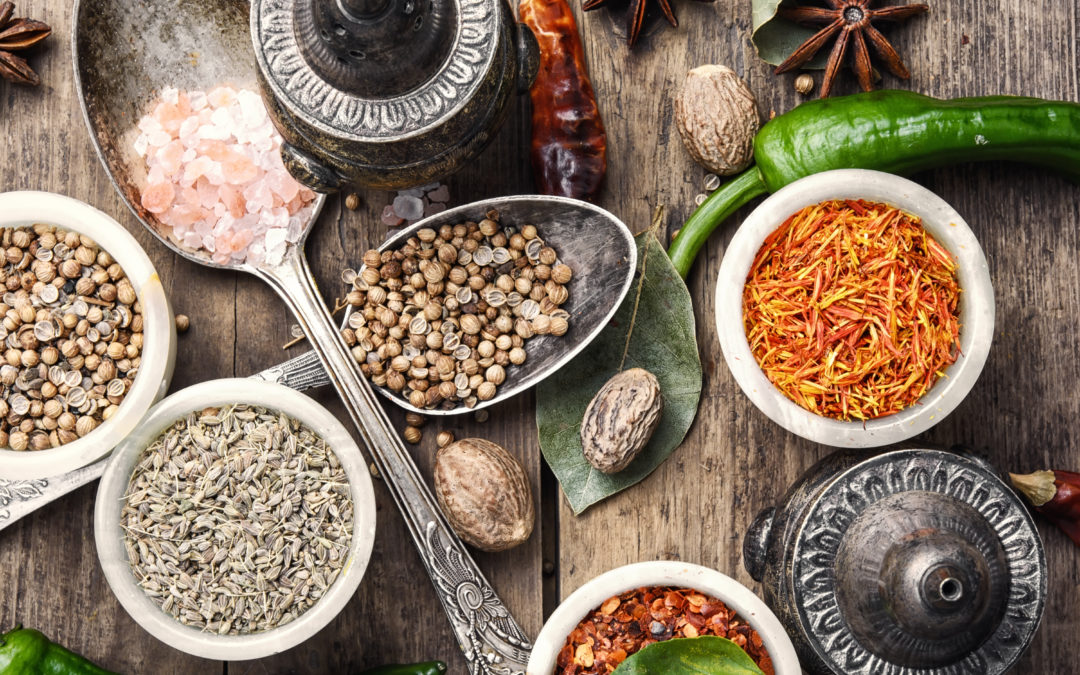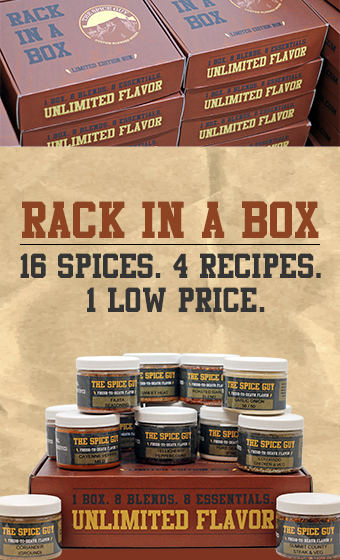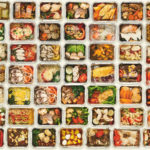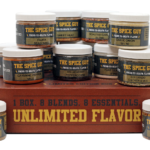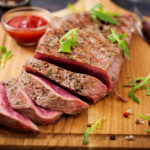Many trends have already come and gone this year, but as we look back on some of the best in the food industry, these are the ones that stand out.
Mediterranean Ingredients Make Waves in Middle East Dishes
The Mediterranean flavor profile is one that’s often thought of as classic, timeless, and very much traditional. However, it managed to find its way into this year’s food trends as cooks put a whole new spin on some of the Middle Eastern spices we all know and love.
Partially fueled by the Presidential Administration’s threat to end trade between the United States and Middle Eastern countries, the use of Middle Eastern spices gained popularity. Za’atar is one of those spices, and ingredients from the Middle East have also been steadily gaining ground.
Since 2015, the use of mint in beverages has almost doubled, and dates, pistachios, and other regional ingredients have also continued to spread into standard dishes served up in the USA and beyond.
Superfoods Add A Pop of Color
Sumac comes from the Rhus coriaria plant and is dried then ground and used as a cooking spice. It’s popular in Southern Asian cuisine, and the Middle East, thanks to not only its reddish purple color and the sour flavor but also for its powerful dose of protein and antioxidants.
It is no surprise that sumac grew in popularity throughout the year, especially for its use by health conscious individuals who continue to strive to get the most out of every ingredient possible. In the past few years, the number of restaurant dishes using Sumac has grown by 34%.
However, Sumac is far from the only spice that’s taking off for its use as a superfood. Algae has been used more and more for its health benefits along with its ability to create a green hue.
Spicing Up Menus With New (And Old) Blends
From the Japanese Togarashi to Berbere from Ethiopia, spice blends have truly taken off this year. Chefs of all calibers are turning to pre-made spice blends to help promote consistency and cut down labor in the kitchen.
BLEND OF THE YEAR: Ras el Hanout
Considering that nearly 1/3 of consumers say they’re interested in trying more seasonings hailing from Africa, it’s really no surprise that Ras el hanout also makes the trends list.
Coming out of North Africa, Ras el hanout is a blend of ginger, cumin, and cardamom. It has been showcased on menus throughout the year as part of soups, Moroccan tagines, lamb and veggie dishes! We think trying it in cous cous is especially awesome!
Try making Ras el Hanout at home!
1 1/2 teaspoons ground coriander seeds
3/4 teaspoon cumin
1/2 teaspoon crushed chili flakes
1 1/4 teaspoons ground cinnamon
1 teaspoon paprika
1/2 teaspoon ground cardamom
1/2 teaspoon ground ginger
1/2 teaspoon ground turmeric
References
http://www.nutritionaloutlook.com/food-beverage/2018-flavor-trends-food-and-beverage
https://www.foodbusinessnews.net/articles/11712-six-flavor-trends-shaping-the-food-service-industry

